Home> Bearing Technology> Bearing Housing: Tracing Its Roots, Applications, and Innovations Across Industries
Bearing Housing: Tracing Its Roots, Applications, and Innovations Across Industries
NOVEMBER 02, 2022Introduction
Overview of Bearing Housings
Bearing housings play a pivotal role in modern machinery and equipment across a myriad of industries, serving as crucial components that support and protect bearings. Essentially, a bearing housing serves as a robust enclosure designed to hold the bearings securely in place, providing a stable environment for their operation within various mechanical systems.
Definition and Purpose
A bearing housing, often referred to as a bearing pedestal or plummer block, is a vital mechanical component that houses the bearing insert and supports the rotating shaft. Its primary purpose is to facilitate the mounting and alignment of bearings while providing protection against contaminants and environmental factors. By securing the bearing in place, the housing ensures efficient load distribution and enables smooth rotational movement, thereby enhancing the overall performance and longevity of the bearing assembly.
Essential Role in Machinery and Equipment Across Industries
Bearing housings are indispensable across a wide spectrum of industries, ranging from automotive and aerospace to heavy machinery and manufacturing. In automotive applications, for instance, bearing housings are integral to the smooth operation of vehicle components such as wheels, engines, and transmissions. Similarly, in industrial machinery, these housings support critical components like conveyor systems, pumps, and turbines, where reliable bearing performance is crucial for operational efficiency and safety.
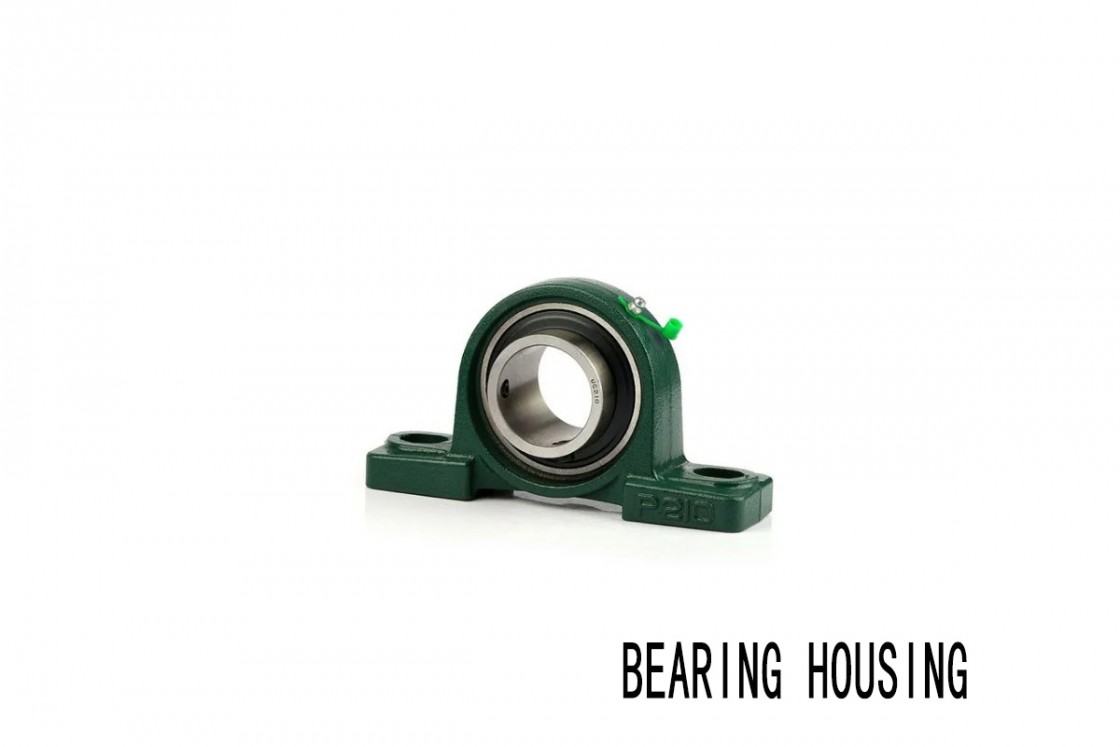
Historical Evolution of Bearing Housings
Origins and Early Development
The inception of bearing housings marks a significant milestone in the history of mechanical engineering, providing crucial support and protection to bearings in various industrial applications. The concept of bearing housings emerged alongside the development of rolling element bearings, aiming to enhance their performance and longevity.
Invention and Introduction of Bearing Housings
The early history of bearing housings can be traced back to the industrial revolution era, where the need for reliable machinery in manufacturing spurred innovations in bearing technology. Initially, simple designs made from cast iron or wood were employed to house bearings, ensuring their stability and alignment within mechanical systems.
Evolution of Design and Materials Over Time
As industrialization progressed, so did the evolution of bearing housing designs and materials. Engineers and manufacturers began experimenting with different alloys and fabrication techniques to improve housing durability and performance. Cast iron became a prevalent material due to its excellent machinability and shock-absorbing properties, ideal for heavy-duty applications.
Milestones and Innovations
The development of bearing housings has witnessed numerous milestones and technological breakthroughs that have revolutionized industrial applications across various sectors.
Significant Advancements in Bearing Housing Technology
Throughout the 20th and 21st centuries, bearing housing technology has undergone significant advancements. These include the introduction of precision machining techniques, such as CNC (Computer Numerical Control) machining, which allows for tighter tolerances and superior alignment capabilities. Additionally, innovations in sealing technologies have enhanced bearing housing performance by minimizing contamination and extending maintenance intervals.
Contributions of Key Inventors and Manufacturers
Key inventors and manufacturers have played pivotal roles in advancing bearing housing technology. Companies like SKF, NSK, and Timken have pioneered innovative designs and materials that cater to specific industrial needs. Their contributions have not only improved the reliability and efficiency of bearing housings but also expanded their applications across diverse industries, from automotive and aerospace to renewable energy and heavy machinery.
provides a detailed exploration of the historical evolution of bearing housings, from their early origins to modern-day advancements. It highlights the transformative impact of technological innovations and the contributions of key figures in shaping the field of bearing housing products
Applications of Bearing Housings
|
Industrial Machinery Applications of Bearing Housings |
|
Use of Bearing Housings in Various Industrial Applications |
|
Bearing housings are extensively used across diverse industries to support and protect bearings, ensuring smooth operation and longevity of machinery. They are crucial components in: |
|
Manufacturing: Machine tools, processing equipment, assembly lines |
|
Mining: Crushers, screens, conveyor systems |
|
Mining: Crushers, screens, conveyor systems |
|
Agriculture: Tractors, combines, irrigation systems |
Automotive Sector
The automotive industry relies heavily on bearing housings to maintain optimal performance and safety across various vehicle components.
Role of Bearing Housings in Automotive Components: Bearing housings are essential in automotive engines, where they support crankshaft bearings and camshaft bearings, facilitating smooth rotation and minimizing frictional losses. In transmissions, they enable gear shifting mechanisms to operate seamlessly, ensuring efficient power transmission.
Applications in Engines, Transmissions, and Chassis Systems: Within the engine, bearing housings support timing belts, pulleys, and tensioners, contributing to reliable engine performance. In chassis systems, they stabilize suspension components and wheel hubs, enhancing vehicle stability and handling.
Aerospace and Defense
In aerospace and defense applications, bearing housings must meet stringent requirements for reliability, durability, and performance under extreme conditions.
Unique Challenges and Requirements for Bearing Housings in Aerospace Applications: Aerospace bearings must withstand high temperatures, extreme speeds, and varying pressures encountered in aircraft engines, landing gear, and control systems. They also need to resist corrosion and maintain precise alignment to ensure safety and operational efficiency.
Critical Roles in Aircraft and Military Equipment: Bearing housings are critical in aircraft engines, supporting turbine shafts and rotor systems. They also play key roles in military vehicles and naval vessels, where they endure intense vibrations and shock loads during combat operations.
explores the diverse applications of bearing housings across industrial machinery, automotive components, and aerospace and defense sectors. It emphasizes their critical roles in enhancing operational efficiency, reliability, and safety in various applications.
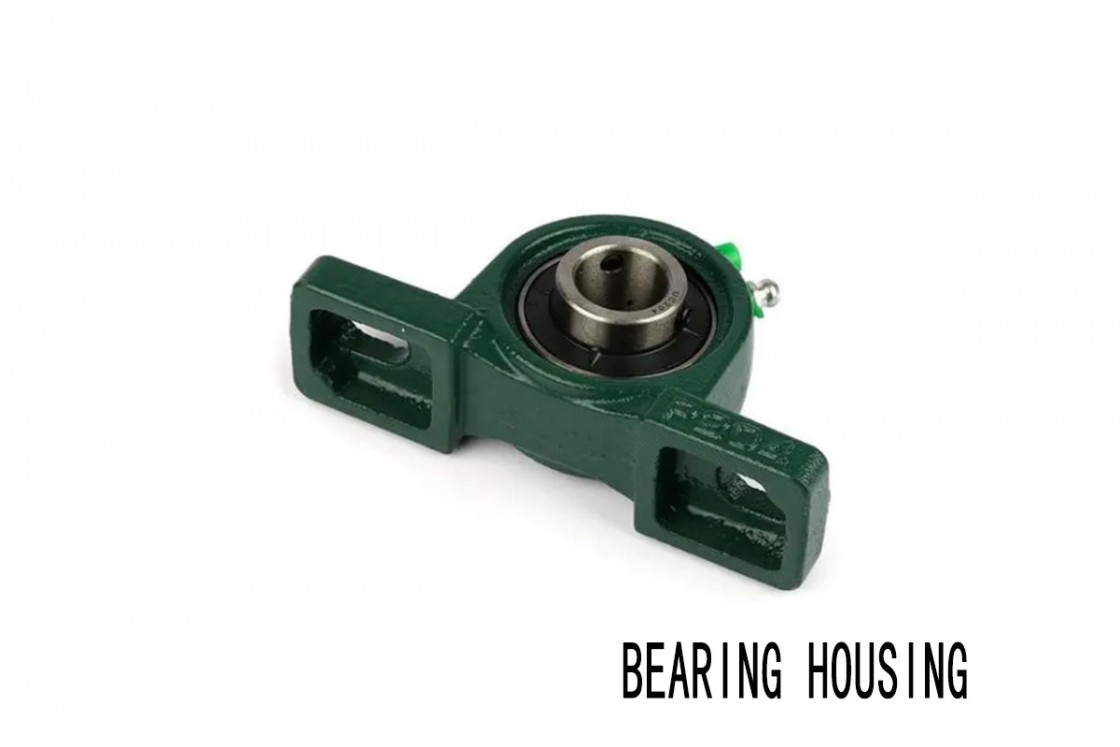
Innovations in Bearing Housing Design
Material Innovations
Bearing housings have evolved significantly with advancements in materials, impacting their performance, durability, and reliability across various industries.
|
Advances in Materials Used for Bearing Housings |
Advantages |
|
Aluminum Alloys |
Lightweight properties, corrosion resistance, enhanced thermal conductivity. |
|
Polymer Composites |
Exceptional wear resistance, withstand harsh conditions (contamination, moisture). |
|
Stainless Steel |
Superior corrosion resistance, durability, suitable for marine environments and frequent washdowns. |
Impact on Performance, Durability, and Reliability: The adoption of advanced materials has significantly enhanced the performance of bearing housings. They offer increased durability, reduced maintenance requirements, and improved operational efficiency, contributing to overall cost savings and reliability in industrial applications.
Design Enhancements
Innovations in bearing housing design have focused on enhancing efficiency, functionality, and ease of maintenance.
|
Innovations in Bearing Housing Design |
Manufacturers have integrated various design features to optimize performance and adaptability |
|
Sealing Systems |
Advanced sealing systems, such as labyrinth seals and lip seals, effectively prevent contamination ingress and retain lubrication, extending bearing life and reducing downtime. |
|
Lubrication Systems |
Automated lubrication systems within bearing housings ensure consistent lubrication, minimizing wear and frictional losses, thereby enhancing operational efficiency. |
|
Mounting Options |
Modular designs with adaptable mounting configurations facilitate easier installation and maintenance, accommodating diverse application requirements and reducing assembly time. |
|
Integration of Features |
Modern bearing housings are designed with integrated sensors for condition monitoring, enabling predictive maintenance strategies. These sensors monitor temperature, vibration, and lubrication levels, providing real-time data to optimize performance and prevent unexpected failures. |
Case Studies and Examples
Success Stories in Industry
Bearing housings have revolutionized industrial operations across diverse sectors, enhancing reliability and efficiency in critical machinery and equipment.
Case studies highlighting the successful implementation of bearing housings in various industries underscore their pivotal role in optimizing operational performance. For instance, in the manufacturing sector, the integration of advanced bearing housings in conveyor systems has significantly reduced downtime due to bearing failures. The use of robust housings in mining equipment has extended maintenance intervals, thereby lowering operational costs and increasing productivity.
Real-world examples illustrate how bearing housings contribute to improved performance and efficiency. In a large-scale agricultural setting, the adoption of specially designed housings has bolstered the durability of equipment used in harsh field conditions. These housings not only withstand the rigors of continuous operation but also minimize the need for frequent maintenance, ensuring uninterrupted productivity during critical planting and harvesting seasons.
Technological Advancements
Advancements in bearing housing design have been pivotal in pushing the boundaries of efficiency and reliability in industrial applications.
Examples of cutting-edge technologies and innovations in bearing housing design showcase the industry's commitment to continuous improvement. Smart sensors embedded within housings enable real-time monitoring of bearing temperature and vibration, facilitating proactive maintenance to prevent costly equipment failures. Such innovations are particularly critical in sectors like aerospace, where precision and reliability are paramount.
The integration of predictive maintenance strategies, supported by advanced bearing housings, has transformed maintenance practices across industries. By analyzing data collected from sensors, predictive algorithms can forecast potential issues, allowing maintenance teams to schedule repairs during planned downtime, thereby avoiding unplanned stoppages that disrupt production schedules.
Applications of advanced materials such as lightweight alloys and polymer composites highlight ongoing efforts to enhance bearing housing performance. These materials offer improved resistance to corrosion, wear, and fatigue, extending the service life of bearings in demanding environments ranging from heavy industrial machinery to automotive components.
Challenges and Future Trends
Emerging Challenges
Bearing housings face evolving challenges in their design, installation, and maintenance, impacting their efficiency and longevity in industrial applications.
Current challenges faced in bearing housing design, installation, and maintenance highlight the complexities of ensuring optimal performance amidst varying operational conditions. Issues such as improper alignment during installation can lead to premature wear of bearings and housings, compromising overall equipment reliability. Additionally, maintaining adequate lubrication in diverse environments remains a critical challenge, affecting the operational lifespan of bearings and housings.
Strategies to overcome these challenges involve advancements in material science and engineering practices. Enhanced designs that incorporate robust sealing mechanisms and improved lubrication systems are critical. Regular maintenance protocols that include thorough inspection and alignment adjustments can mitigate wear and ensure prolonged operational efficiency.
Future Trends
The future of bearing housing technology is poised for transformative advancements, driven by innovation and technological integration across industries.
Predictions for the future of bearing housing technology envision smarter, more resilient housings capable of real-time monitoring and predictive maintenance. Integration of IoT (Internet of Things) technology will enable proactive monitoring of bearing conditions, allowing for early detection of potential failures and preemptive maintenance actions.
Anticipated advancements and innovations include the development of self-lubricating bearings and housings equipped with sensors to monitor temperature, vibration, and wear. These innovations will revolutionize maintenance practices, shifting towards data-driven strategies that optimize equipment uptime and performance.
Future trends also foresee the adoption of sustainable materials and manufacturing processes in bearing housing production, aligning with global efforts towards environmental conservation and resource efficiency.
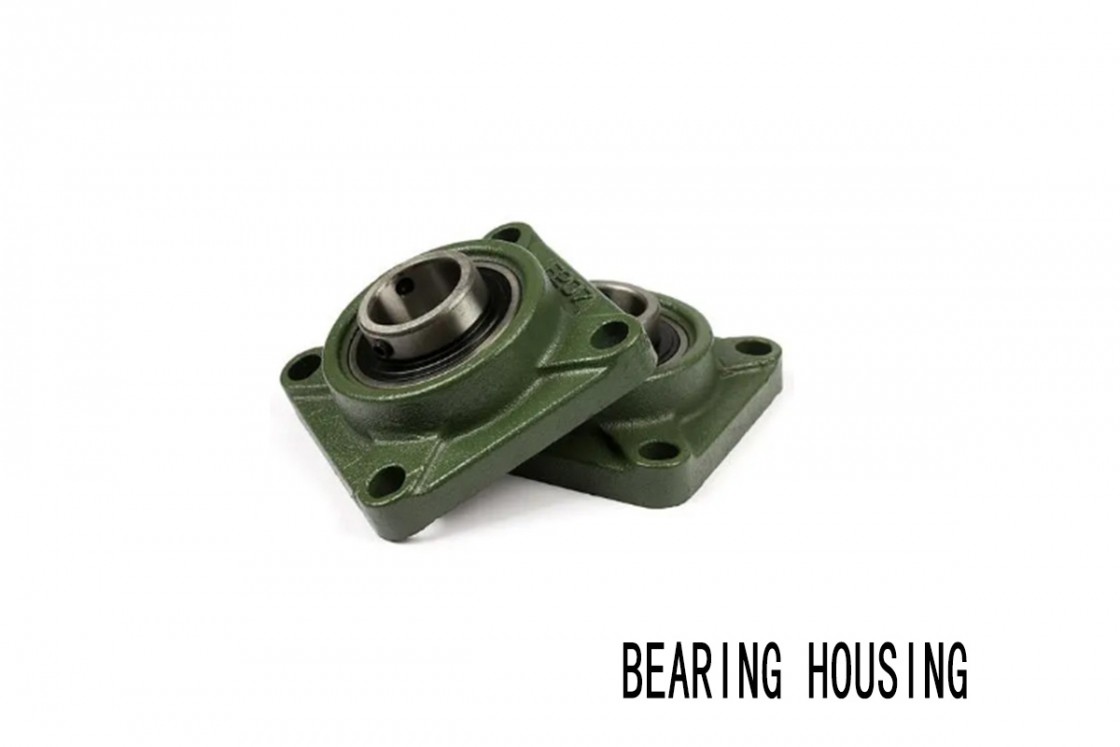
Conclusion
Summary of Key Points
Bearing housings have evolved significantly since their inception, from basic designs in ancient machinery to sophisticated components in modern industrial equipment. The journey of bearing housings reflects continuous advancements in materials, designs, and functionalities, enhancing their performance and reliability across various applications.
Innovations such as advanced materials like aluminum alloys and polymer composites have revolutionized bearing housing technology, offering enhanced durability, corrosion resistance, and operational efficiency. These advancements have addressed challenges in diverse industrial environments, from manufacturing plants to automotive assembly lines and aerospace applications.
Importance Across Industries
The significance of bearing housings cannot be overstated in ensuring the smooth operation of machinery and equipment across industries. They provide essential support and protection to bearings, enabling machinery to withstand heavy loads, rotational forces, and harsh environmental conditions. In manufacturing, mining, construction, and agriculture, bearing housings play a pivotal role in maintaining operational efficiency and minimizing downtime.
Future Outlook
Looking ahead, the future of bearing housing technology is promising with ongoing research and development aimed at further enhancing performance and reliability. Innovations in predictive maintenance, smart sensors, and self-monitoring systems will enable proactive management of bearing health, optimizing equipment uptime and productivity.
Continued collaboration between engineers, researchers, and manufacturers will drive innovations in bearing housing design, ensuring they meet the evolving needs of industries. Embracing sustainable practices in manufacturing and utilizing recyclable materials will also contribute to environmental conservation efforts.
In conclusion, the evolution, applications, and innovations in bearing housing underscore its critical role in industrial machinery. As industries continue to advance, so too will the technology behind bearing housings, facilitating smoother operations and driving productivity across diverse sectors.
This conclusion encapsulates the significance of bearing housings, recaps their historical journey, emphasizes their current importance across industries, and provides insights into future technological advancements.
FAQs: Common Questions About Bearing Housing
In the realm of mechanical engineering and industrial applications, bearing housing serves a pivotal role in ensuring the smooth operation and longevity of rotating machinery. This section addresses some of the most frequently asked questions (FAQs) about bearing housing, providing clarity on its functionality, applications, and technological advancements.
What is bearing housing, and how does it work?
Bearing housing refers to the component that supports and protects bearings within machinery. It is designed to securely hold the bearing in place while providing a mounting surface for the shaft. The housing typically includes features for lubrication, such as oil seals and grease fittings, to ensure proper maintenance of the bearing.
What are the common materials used in bearing housing?
Bearing housings are commonly made from materials such as cast iron, stainless steel, aluminum alloys, and thermoplastics. The choice of material depends on factors such as load capacity, environmental conditions, and corrosion resistance required for the specific application.
What are the key features to consider when selecting bearing housing?
When selecting a bearing housing, engineers consider several factors including:
Load capacity: Ability to support the intended load without deformation or failure.
Environmental conditions: Resistance to corrosion, temperature variations, and exposure to contaminants.
Installation and maintenance: Accessibility for installation, lubrication requirements, and ease of maintenance.
Compatibility: Fit and compatibility with the bearing type and shaft diameter.
What are the typical applications of bearing housing?
Bearing housing finds widespread use across various industries, including:
Automotive: Supporting wheel hubs and transmission components.
Aerospace: Facilitating movement in aircraft control systems.
Manufacturing: Integral to conveyor systems, pumps, and processing equipment.
Renewable energy: Supporting wind turbine blades and solar tracking systems.
How does bearing housing contribute to equipment reliability?
Bearing housing plays a crucial role in enhancing equipment reliability by:
Providing secure mounting and alignment of bearings.
Protecting bearings from contamination and premature wear.
Facilitating efficient lubrication and heat dissipation to prevent overheating.
What are some recent innovations in bearing housing technology?
Recent innovations include:
Integrated sensors: Monitoring temperature, vibration, and lubrication conditions in real-time.
Advanced materials: Enhanced durability and performance through materials like composites and high-strength alloys.
Optimized designs: Improved cooling efficiency and reduced frictional losses.
How can bearing housing contribute to sustainable practices?
Bearing housing contributes to sustainability by:
Extending equipment lifespan and reducing maintenance requirements.
Enhancing energy efficiency through optimized designs and materials.
Supporting industries like renewable energy with reliable performance in harsh environments.
Conclusion
Bearing housing remains a critical component in modern mechanical engineering, offering reliability, performance, and innovation across various industrial applications. By understanding its functionalities, materials, and contributions to sustainable practices, engineers can optimize machinery performance and enhance operational efficiency.
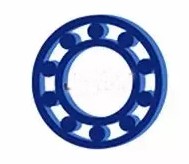

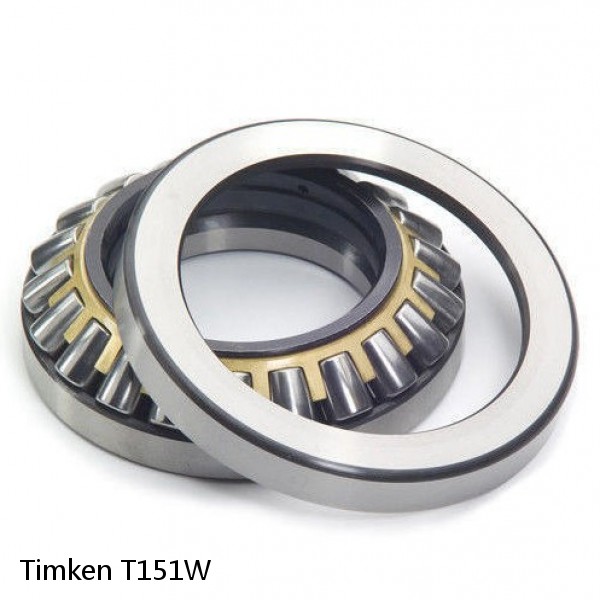 T151W Timken Thrust Roller Bearings
T151W Timken Thrust Roller Bearings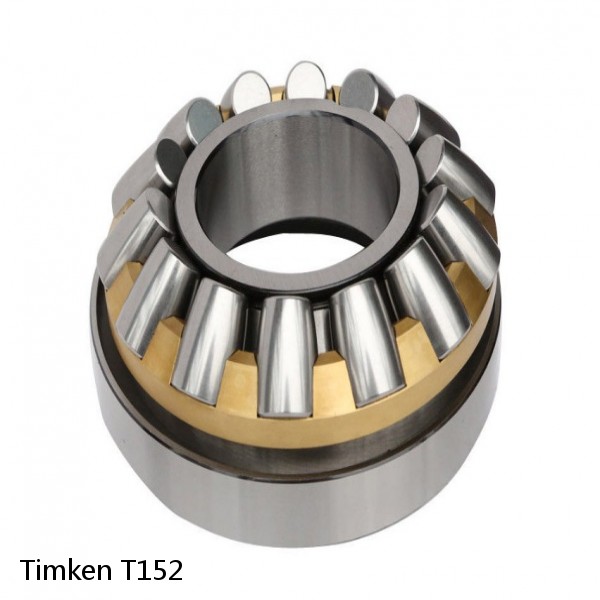 T152 Timken Thrust Roller Bearings
T152 Timken Thrust Roller Bearings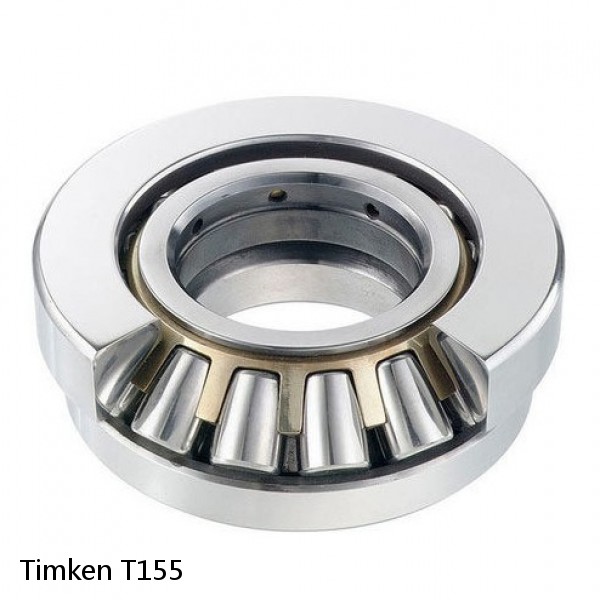 T155 Timken Thrust Roller Bearings
T155 Timken Thrust Roller Bearings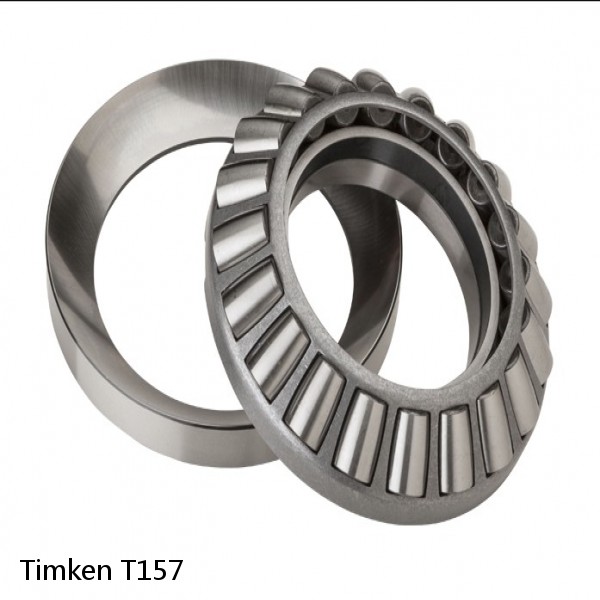 T157 Timken Thrust Roller Bearings
T157 Timken Thrust Roller Bearings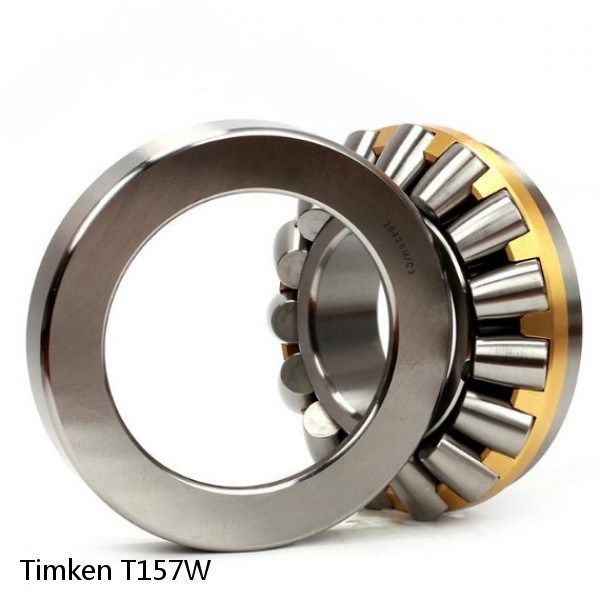 T157W Timken Thrust Roller Bearings
T157W Timken Thrust Roller Bearings